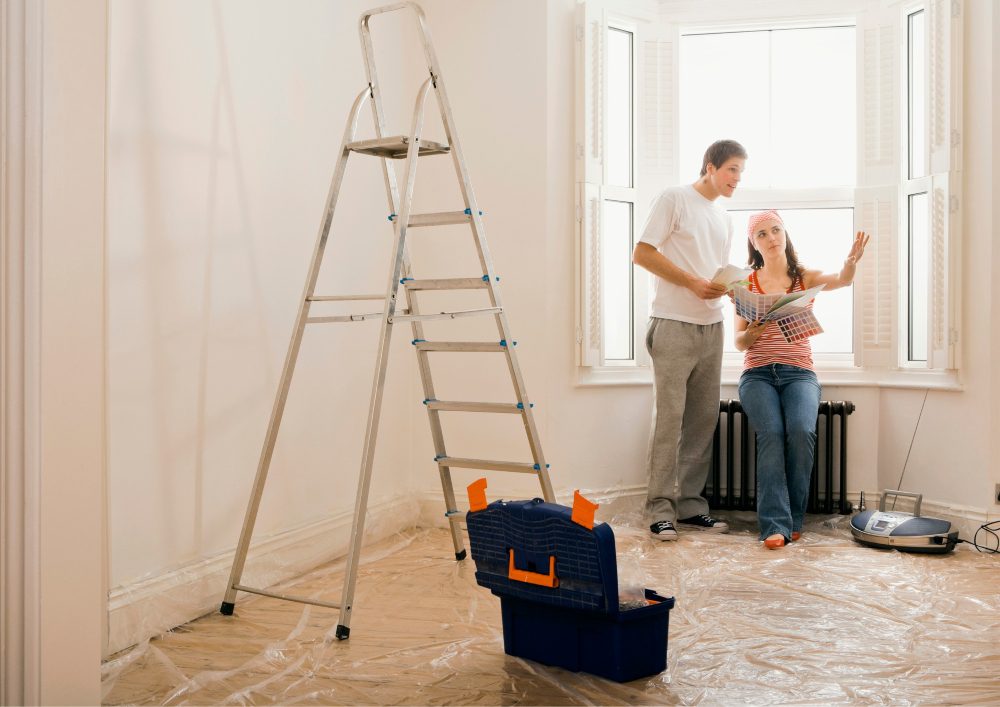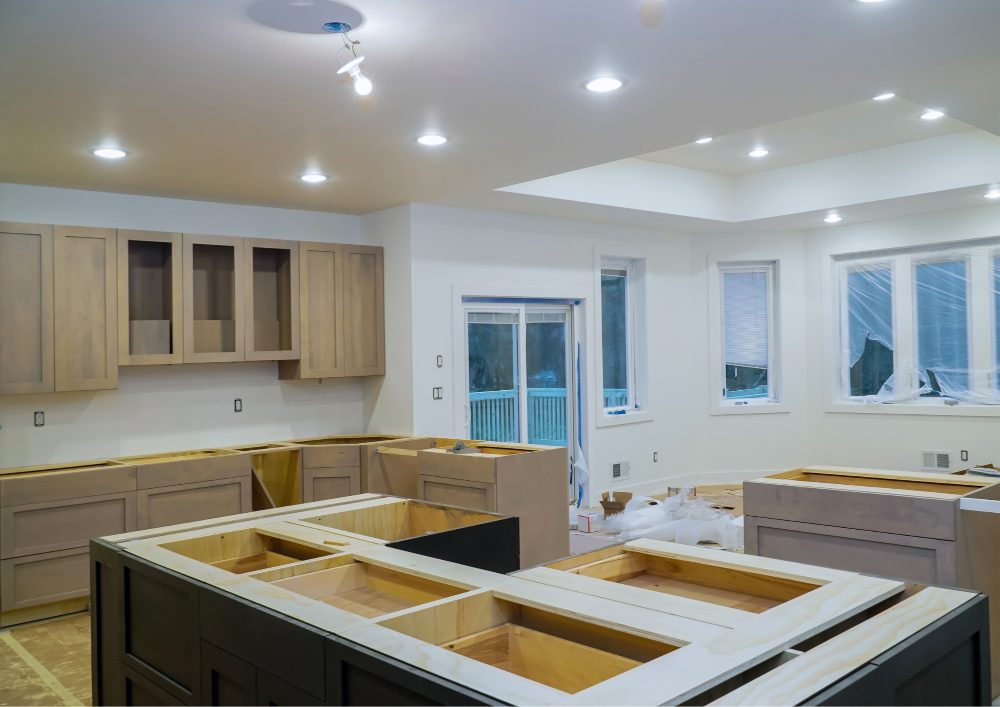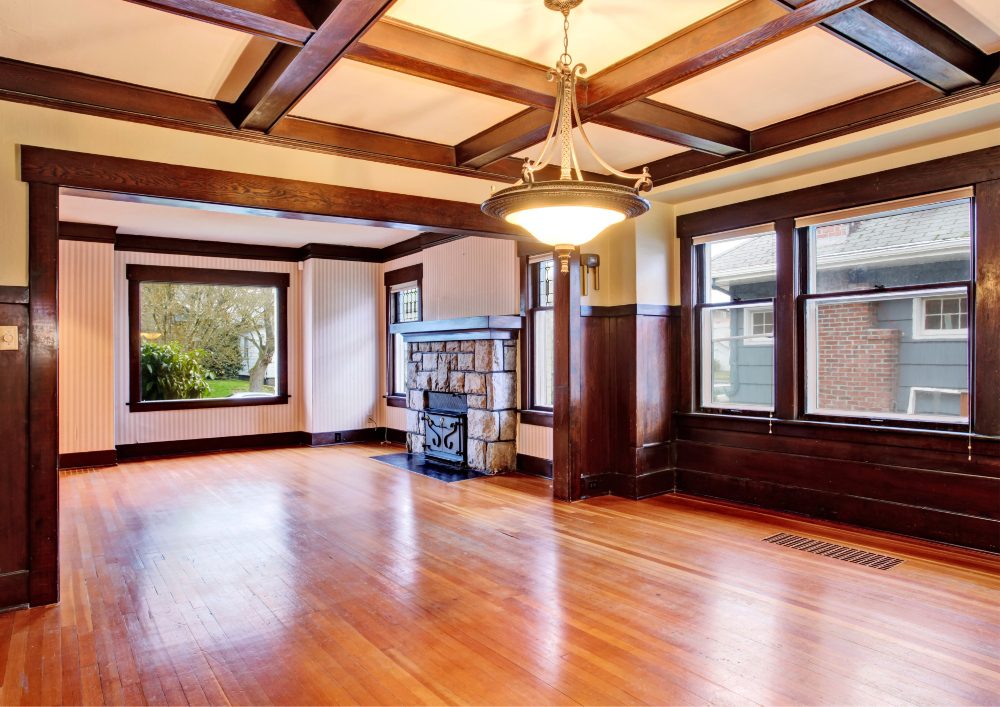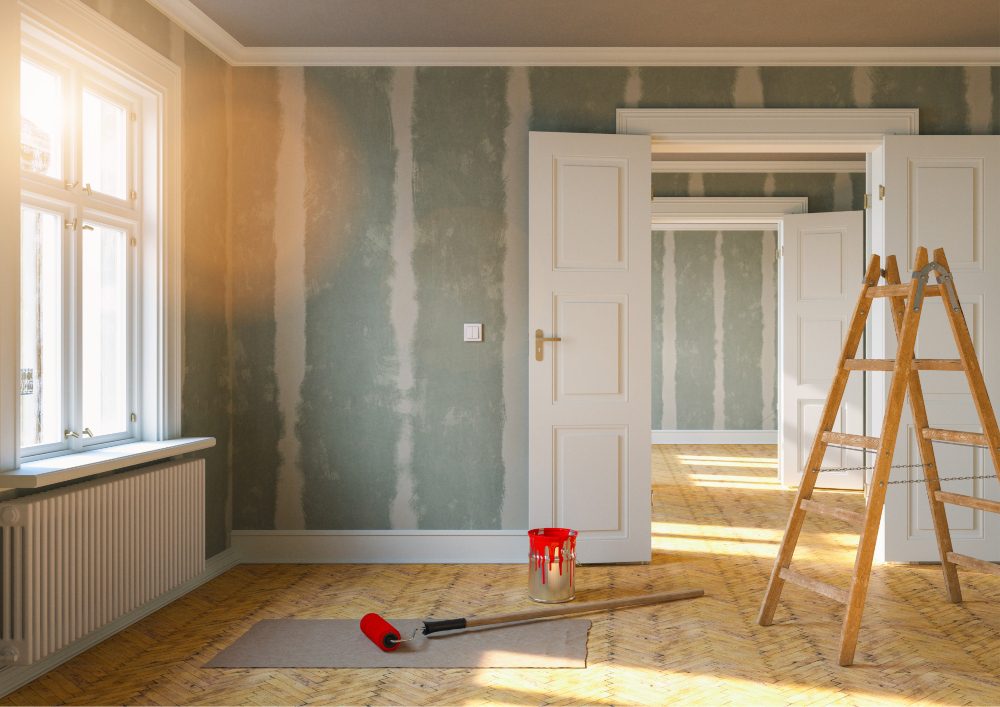Last Updated on October 30, 2025 by teamobn
Old homes carry a unique charm and a sense of history that often captivates homeowners. Whether it’s the architectural details, the character-filled spaces, or the stories hidden in every nook and cranny, renovating an old home is an endeavour that many embark upon.
In this article, explore how you can take on the rewarding challenge of renovating old homes while preserving their historical significance.
Contents
Appreciating the History
Unveiling the Time Capsule
Imagine your old home as a living, breathing repository of history, where every corner, every crevice, and every architectural detail has been entrusted with preserving the passage of time. As you embark on your renovation endeavour, pause and savour the layers of history that envelop you.
The weathered wooden beams, the exquisite craftsmanship of a bygone era, and the echoes of lives lived within its walls collectively narrate the compelling story of your home.
One of the highlights of an old home is its unique architectural features. Some of these elements might encompass elaborate mouldings, banisters meticulously crafted by hand, concealed pocket doors, and windows adorned with stained glass.
When it comes to renovating old homes, the mantra is “restore, don’t replace.” Whenever possible, opt for restoration rather than replacement. This approach not only safeguards the authenticity of your home but also pays homage to the artisans and craftsmen of yore.
Seek skilled professionals who specialize in the restoration of these architectural features to ensure that the process is carried out with the reverence they deserve.
Planning and Preparation

Detailed Inspection
Start with a thorough inspection of the home’s structural integrity. Look for signs of damage and other issues that need addressing. Consider consulting with professionals to identify any hidden problems.
During your inspection, adopt a discerning eye to detect any signs of structural damage. These may manifest as subtle or glaring indicators, such as cracks zigzagging across walls or ceilings, floors that sag or appear uneven, doors and windows that no longer align as they should, or even signs of settling in the foundation.
You might find that you need to do a bit of welding in certain areas, such as the gates, kitchen equipment, metal frames, etc. Be mindful that eye protection is paramount as welding flashes (photokeratitis) can cause intense pain and even permanent vision damage. You can buy affordable, high-quality auto darkening welding lens online for as little as $40.
Don’t underestimate the importance of investigating these subtle hints, as they may unveil hidden structural challenges.
Budgeting
Renovating old homes can be costly. Establish a clear budget that accounts for both expected expenses and potential surprises. Allocate funds for historical preservation, restoration, and modernization.
A significant portion of your budget should be dedicated to restoration efforts. This includes repairing and refurbishing elements of your home that have incurred damages over the years, such as woodwork, plaster, or masonry. Restoration work ensures that your home regains its former glory.
DIY Guide to Renovating Old Homes

Restoring Original Elements
Wherever possible, focus on restoring rather than replacing historical elements. Strive to retain the original woodwork, flooring, and fixtures. DIY projects like refinishing hardwood floors, repairing plaster walls, and restoring vintage hardware can be both cost-effective and rewarding.
DIY Advantage
Cost-Effective Approach: DIY restoration projects can be notably cost-effective compared to wholesale replacements. You save on material costs and, in many cases, labour expenses, making it an economical choice for budget-conscious renovators.
Personal Satisfaction: There’s a unique satisfaction that comes with taking a hands-on approach to restoring historical elements. Each restored piece becomes a testament to your dedication and craftsmanship, enhancing your connection to your home.
Environmental Considerations: Restoring rather than replacing aligns with sustainability efforts by reducing waste and the consumption of new materials. Renovating old homes is an eco-friendly choice that resonates with the growing awareness of environmental conservation.
Period-Appropriate Materials
When updates are necessary, select materials that align with the home’s era. For instance, if you’re renovating a Victorian-era home, choose wallpaper, paint colours, and lighting fixtures that are true to the period.
Historical Research
Immerse yourself in historical research to gain a deep understanding of the architectural trends, interior design, and colour palettes of your home’s era. This research serves as a valuable reference point for making informed design choices.
Consult Experts
If you’re uncertain about the historical accuracy of your design decisions, consider consulting with preservation specialists, architects, or interior designers with expertise in historical renovations. Their insights can help ensure that your updates align with the home’s era.
Modernization

Energy Efficiency
Modernize your old home with energy-efficient upgrades. This not only reduces utility bills but also enhances the comfort of the space. Consider replacing windows with energy-efficient models, upgrading insulation, and installing a programmable thermostat.
And if you’re looking for a step-by-step roadmap don’t miss our guide on breathing new life into older walls and spaces.
Kitchen and Bathrooms
These are areas where modernization can significantly improve functionality. While preserving the historical charm, update plumbing, add efficient fixtures, and modernize appliances.
When making updates, take care to preserve original architectural details, such as mouldings, woodwork, and built-in features. These elements contribute to the historical charm and character of your home. If you’re unsure about how to approach preservation, consult with preservation specialists who can provide guidance on maintaining the historical authenticity of your home.
Roof Repairs
When it comes to modernizing old homes, roof repairs often become a critical focus. The roof is one of the most exposed parts of any home, and traditional roofing materials like clay tiles, wood shingles, or slate, while beautiful and historically appropriate, can deteriorate over time.
These materials are prone to weathering, leading to cracks, leaks, and eventual structural issues that demand attention. Homeowners of older properties often face the challenge of preserving the roof’s original aesthetic while addressing the practical needs of durability and energy efficiency.
Fortunately, modern roofing solutions offer a blend of tradition and technology. Composite shingles, metal roofing, and other advanced materials can mimic the appearance of classic styles, ensuring that the home retains its historical charm.
In addition to being visually appealing, these materials are designed for longevity and better performance, offering improved insulation and resistance to the elements. Many homeowners also opt to incorporate modern waterproofing techniques or even solar panels into their roof renovations, blending preservation with innovation.
In any roof repair project, it’s essential to inspect the underlying roof structure thoroughly. Over time, leaks and rot can weaken the framework, which, if ignored, may compromise the entire roof’s stability. Addressing these issues ensures that the roof not only looks authentic but also functions efficiently according to modern standards.
By balancing aesthetics with advancements in roofing technology, you can protect and enhance the value of a historic home for years to come.
Safety and Compliance
Electrical and Plumbing
Ensure that your home meets current safety standards. Upgrade antiquated wiring and plumbing systems to mitigate potential hazards and ensure your home complies with current building codes.
Seek guidance from licensed professionals such as electricians, plumbers, and structural engineers. They can conduct a thorough evaluation of your home’s safety and its adherence to contemporary standards. Drawing upon their expertise and extensive experience, these professionals can help you identify any potential hazards and provide guidance on how to remedy them.
Fire Safety
Install smoke detectors, fire extinguishers, and carbon monoxide detectors as needed. These are essential for the safety of your family and the protection of your historic property.
When introducing safety measures into a historic property, likewise, it’s advisable to engage with preservation experts or consult local authorities. This ensures that the installation of safety devices does not jeopardize the historical authenticity of your home. These experts can provide valuable advice on how to discreetly position and seamlessly integrate these safety measures.
The Wrap Up
Renovating old homes is a labour of love, preserving history while creating a comfortable living space. Embark on your renovation journey with a well-informed plan. Remember to appreciate the history, plan meticulously, restore and modernize thoughtfully, and ensure safety and compliance.
Renovating old homes is not just a project; it’s a way to pay homage to the past while building a future in a place with a rich and storied history.
Frequently Asked Questions
Q: What are the key challenges when renovating old homes?
A: Challenges when renovating old homes include dealing with outdated materials, structural issues, compliance with modern building codes, and maintaining historical integrity.
Q: What are some common mistakes to avoid when renovating old homes?
A: Common mistakes when renovating old homes include over-modernizing, neglecting structural issues, ignoring historical guidelines, and rushing the process. Patience and careful planning are key to a successful renovation.
Q: Do permits need to be obtained before renovating old homes?
A: The need for permits varies by location and the scope of the project. Contact your local building department to determine which permits are required for your specific renovation.






